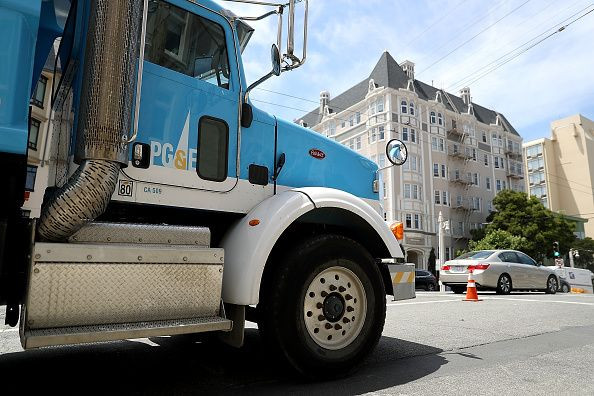PG&E Bankruptcy: 6 Of The Most Important Things To Know

When PG&E (PCG.F) announced it was going to file for Chapter 11 bankruptcy by Jan. 29, it did not know that it would be cleared of liability in the 2017 Tubbs wildfire. The company is still being held responsible for the Camp Fire wildfires, as well as other wildfires in Northern California that took place in 2017. Here’s the most important things to know out the utility's bankruptcy filing to date.
- While it is unclear if the company will move forward with its bankruptcy filing after the announcement that its equipment did not cause the Tubbs wildfire, it has secured $5.5 billion in financing to help it through the restructuring process should it decide to move forward. However, a $4 billion plan has been proposed by investors to keep the utility out of bankruptcy, Bloomberg reported.
- PG&E has assured customers that it does not expect electric and gas services to be interrupted during the reorganization process. This is not the first time that PG&E has filed for bankruptcy as the company also went through the process 18 years ago.
- It is not expected that the company’s operations will be interrupted through the bankruptcy as PG&E said it is committed to putting measures in place that would prevent wildfires in the future. But customers may face a rate increase as PG&E looks to restructure, which would need to be approved by the California Public Utilities Commission. During its 2001 bankruptcy, costs were passed on to consumers in the form of a price increase, Forbes reported.
- The company has said it is facing monetary liabilities for its equipment that allegedly caused some of the wildfires in California. The Tubbs wildfire was estimated to cost $17 billion of the total $30 billion, cutting PG&E’s liabilities in half with the announcement that it was off the hook for damages after the Tubbs wildfire was found to have been caused by a private utility system.
- The Northern California wildfires are not the first time that PG&E was held responsible for damages caused by its equipment. In 2015, the company paid $300 million for a 2010 natural gas pipeline explosion in San Bruno, California, as well as refunding customers $400 million and spending another $850 million on gas safety improvements, Forbes reported.
- As PG&E was cleared of the Tubbs Fire, its stock soared. The increase in share price was not enough for the utility as it was removed from the SMP 500 and replaced by Teleflex, Motley Fool reported. Shares of PG&E were down 9.35 percent as of 12:31 p.m. EST on Monday.
© Copyright IBTimes 2024. All rights reserved.
Join the Discussion




















